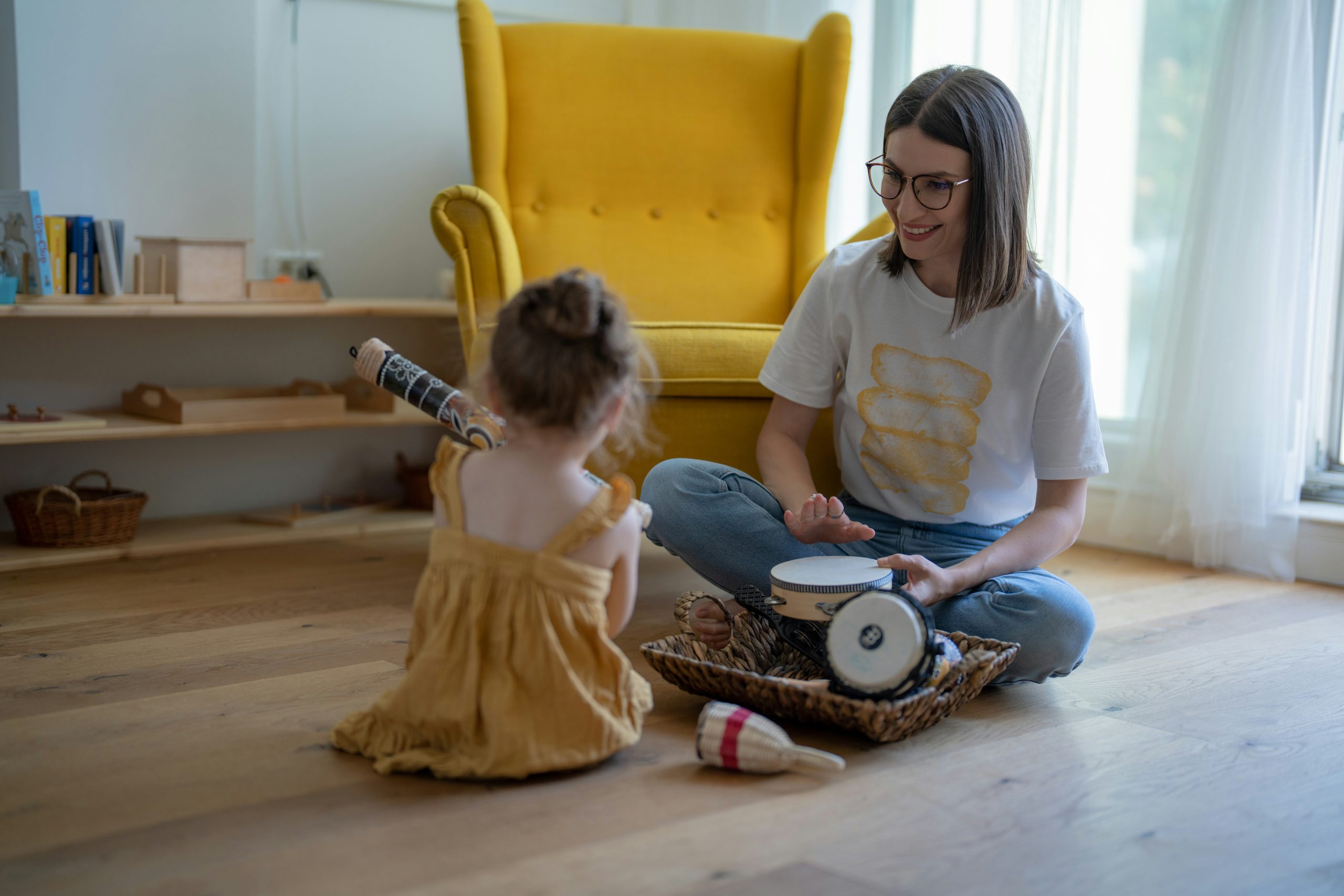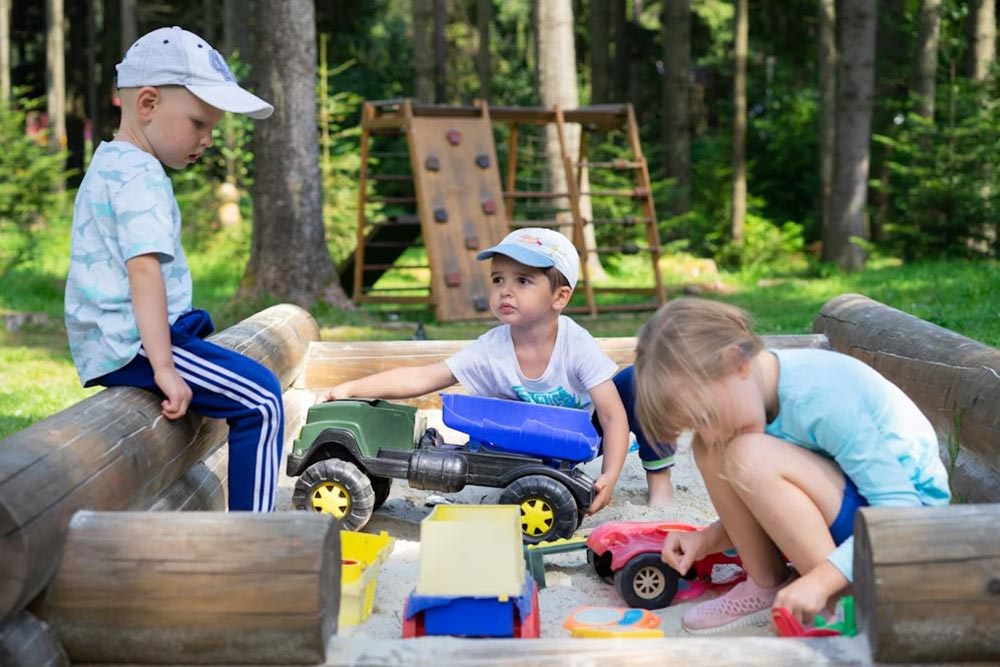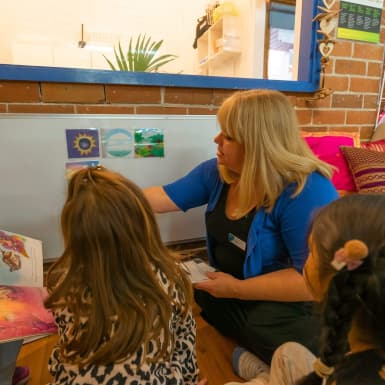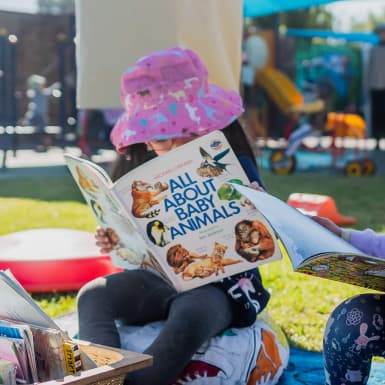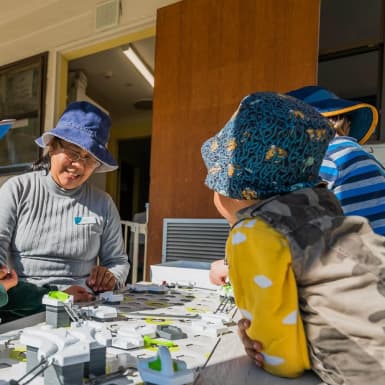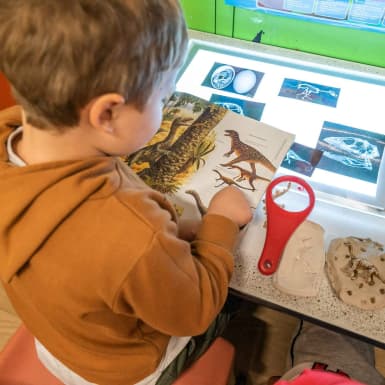
Five Easy Ways to Bring Science into Play with Children
11 August 2023Introduction:
As parents and caregivers, we understand the importance of nurturing a child’s curiosity and love for learning from a young age. Integrating science into playtime is a fantastic way to engage children’s natural inquisitiveness while promoting cognitive development. At Integricare, we believe that learning has to be fun, and science can be a part of everyday play.
Here are five simple and enjoyable ways to bring science into play with children:
- Sensory Exploration Stations:
Create sensory exploration stations that focus on different scientific concepts. Fill bins with various materials such as sand, water, rice, and playdough. Encourage children to touch, feel, and manipulate these materials while discussing their properties. Explore concepts like texture, viscosity, and temperature in a hands-on and exciting manner. This not only stimulates their senses but also lays the foundation for scientific observation and experimentation.
- Nature Scavenger Hunts:
Nature is a treasure trove of scientific wonders waiting to be discovered. Organise nature scavenger hunts in your backyard or at a nearby park. Provide children with a list of items to find, such as leaves, rocks, insects, and flowers. As they search and collect, discuss the different features of the items they find. Can you bring out the magnifying glass for an even closer look? This activity introduces children to concepts like biodiversity, classification, and observation skills.
- Kitchen Science Experiments:
Turn your kitchen into a laboratory by conducting simple science experiments using everyday ingredients. Create volcanoes that erupt with baking soda, dish liquid, food colouring and vinegar… or maybe make a rainbow with water and a flashlight, or even explore density by layering liquids of varying densities like oil, water, and syrup. These experiments not only foster a sense of wonder but also teach children about chemical reactions, light refraction, and the properties of matter.
- Building and Engineering Challenges:
Engage children’s creativity and problem-solving skills with building and engineering challenges. Provide them with building blocks, cardboard, straws, and other materials to construct structures. Encourage them to design bridges, towers, and whatever else comes along. Through these activities, children learn about concepts like stability, balance, and basic engineering principles while having a blast building their own creations.
- Growing a Mini Garden:
Teach children about biology and botany by growing a mini garden indoors. Choose easy-to-grow plants like beans, tomatoes, or herbs. Let children take an active role in planting seeds, watering, and observing the growth process. Discuss topics like germination, photosynthesis, and the plant life cycle. This hands-on experience allows children to witness the magic of nature and learn about plant science up close.
Conclusion:
Integrating science into playtime not only makes learning enjoyable but also cultivates a lifelong love for exploration and discovery. These five easy ways to bring science into play with children, presented by Integricare, are designed to spark their curiosity and encourage them to think critically about the world around them. Remember, with a little creativity and enthusiasm, you can make science an integral part of your child’s play and learning journey.
Happy exploring!
Ignite your child’s science learning journey!
Integricare Locations: Our Early Learning Centres & Preschools around Sydney
Enrolment Line 1800care1800 (1800 2273 1800).
.




